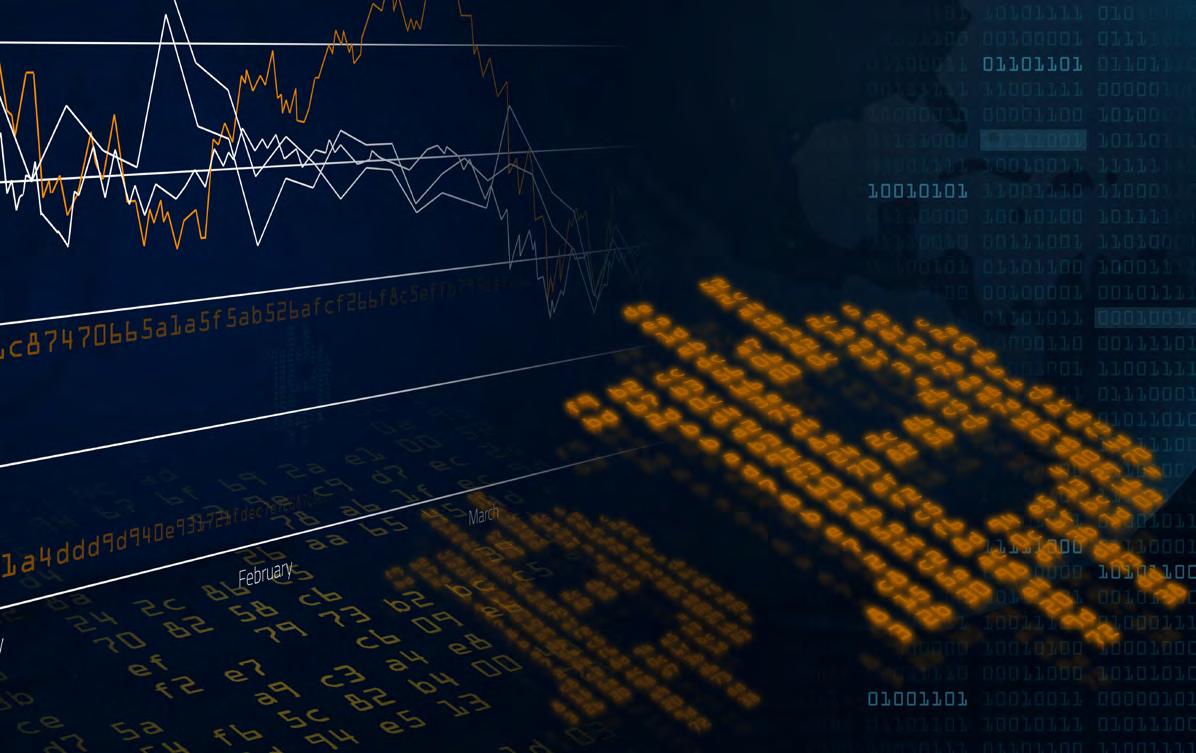
3 minute read
Industry comment
Ahmed Stifi
Senior Consultant Fischer Consulting
The Advantage of Technological Innovation in Reducing Corruption in Architecture, Engineering and Construction (AEC) Industry
Corruption in AEC industry
It is not a secret that corruption is widely spread in the AEC industry, a fact confirmed by all reports and indicators covering corruption as a phenomenon. For example, the Bribe Payers’ Index (BPI) published by Transparency International (TI), shows clearly that companies working in construction industry are most likely to pay bribes to get business contracts. The BPI 2011 ranked the public works contracts and construction with a score of 5.3 from 10 as the most corrupt sector of all economic sectors.xx

Source: Perceptions of foreign bribery by sectors – based on BPI 2011
How can technological innovations contribute to reduce corruption?
It becomes clear that technological innovation is changing the way of project delivery and the work methods and processes in our industry. Most companies and stakeholders aiming to apply technological innovation to reduce their operating costs, improve internal and external communication so that they increase their productivity.
It sounds good, but to reduce corruption, companies are challenged to take advantage of technological innovation to increase transparency and accountability and to enhance a person’s and organisation’s integrity, since the main three causes for corruption in construction are lack of transparency, lack of accountability and lack of integrity as shown in the following Ishikawa diagram.xxi

Source: Causes of corruption in Construction
Virtual Design and Construction: VDC is the use of integrated multidisciplinary performance models of design-construction projects. It helps in achieving improvement of reliability and visibility through accurate model-based quality take-offs and through 3D/4D visual models.xxii VDC can include budget monitoring model which increase accountability and transparency.
Building Information Modeling (BIM): Currently, AEC companies have the tendency to adopt BIM and use it in design, construction, and operation phases. It increases collaboration and commitment among team members. BIM has many advantages that can be used in combating corruption through its features, for example obtaining reliable quantity estimates, in increasing transparency which can help reduce the room for discretion.
Web Service & Web-Based Information System: They are software systems designed to support interaction and transfer of information among participants. Such software improves connectivity among key participants and provides the right information at the right moment. The web-based information systems can increase accountability and transparency among all team members.
IT and E-Procurement: This can reduce administrative and bureaucratic corruption, speed up process without facilitating payment and increase transparency and ensure genuine competition.
Tablets and mobiles on-site: The use of such tools support getting real time information and provides easier monitoring and controlling of the construction progress as well as reducing deviation from planned output.xxiii Such tools can also increase accountability and transparency among all team members.
On-site vision tracking and GPS support systems: These offer affective information about positioning of personnel as well as equipment and machines.xxiv So it can be used to identify anomalies and underperformance (detection in operations) the systems can increase accountability and transparency.
Knowledge sharing systems and Training platforms: Training on all organisational level remains the essential and effective tool to raise awareness about corruption and to enhance integrity.
The role of technological innovation in reducing corruption is of key importance and gives rise to the need for additional processes, models and tools to support preventing, detecting and reporting corruption risks.











